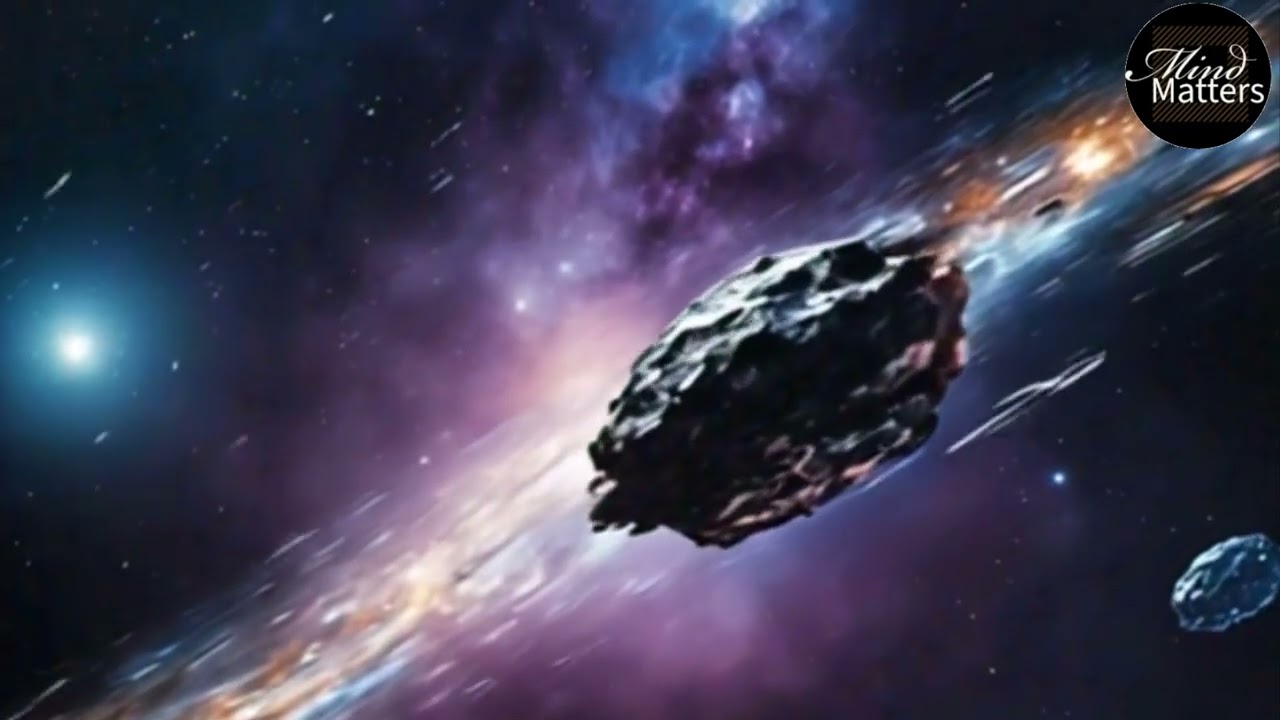NASA has confirmed that an asteroid, recently discovered by astronomers, will make a close pass by Earth in 2032. While the asteroid’s trajectory will bring it relatively close to our planet, the space agency has assured the public that the risk of an impact is extremely low.
The asteroid, designated 2023 DW, was first spotted in late February 2023 by the European Space Agency’s Near-Earth Object Coordination Centre. Initial observations suggested a slight chance of impact, sparking concerns among some observers. However, after further analysis, NASA’s Jet Propulsion Laboratory (JPL) has downgraded the risk, stating that the asteroid poses no significant threat to Earth.
What We Know About Asteroid 2023 DW
- Size: The asteroid is estimated to be about 50 meters (164 feet) in diameter, roughly the size of an Olympic swimming pool.
- Close Approach: On February 14, 2032, the asteroid is expected to come within 1.8 million kilometers (1.1 million miles) of Earth. While this is considered a close pass in astronomical terms, it is still more than four times the distance between Earth and the Moon.
- Risk of Impact: NASA’s current calculations show a 1 in 560 chance of impact, which translates to a 99.82% chance that the asteroid will miss Earth entirely.
Why the Risk Is Low
NASA scientists use sophisticated tracking systems to monitor near-Earth objects (NEOs) and predict their trajectories. As more data is collected, the accuracy of these predictions improves. In the case of 2023 DW, additional observations have significantly reduced the estimated risk of impact.
“This object is not particularly concerning,” said Davide Farnocchia, a navigation engineer at JPL. “Our ability to track and predict the paths of asteroids has improved dramatically over the years, and we can confidently say that this asteroid poses no imminent danger to Earth.”
What Happens If the Risk Increases?
While the current risk is low, NASA and other space agencies continue to monitor 2023 DW closely. If future observations suggest a higher probability of impact, scientists have several tools at their disposal to mitigate the threat. These include:
- Deflection Missions: Spacecraft could be sent to alter the asteroid’s trajectory, nudging it away from Earth.
- Evacuation Plans: In the unlikely event of an impact, authorities would focus on evacuating and protecting affected areas.
A Reminder of the Importance of Planetary Defense
The discovery of 2023 DW highlights the importance of ongoing efforts to track and study near-Earth objects. NASA’s Planetary Defense Coordination Office (PDCO) is dedicated to identifying potential threats and developing strategies to protect Earth from asteroid impacts.
In 2022, NASA’s DART mission successfully demonstrated the ability to alter an asteroid’s trajectory by crashing a spacecraft into the asteroid Dimorphos. This groundbreaking mission proved that humanity has the technology to defend against potential asteroid threats.
NASA continues to monitor asteroid 2023 DW as it approaches Earth in 2032. While the asteroid’s close pass has sparked some concern, the space agency has confirmed that the risk of it hitting Earth is extremely low. With advanced tracking systems and deflection technologies in place, NASA is well-prepared to handle any potential threats from near-Earth objects.
For now, the public can rest assured that the world’s leading space agencies are working tirelessly to keep our planet safe from asteroid impacts.




